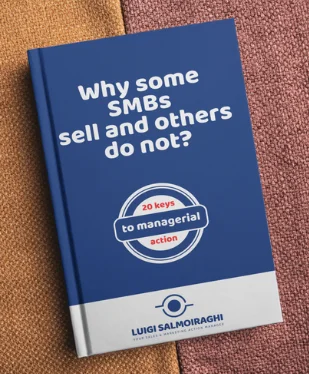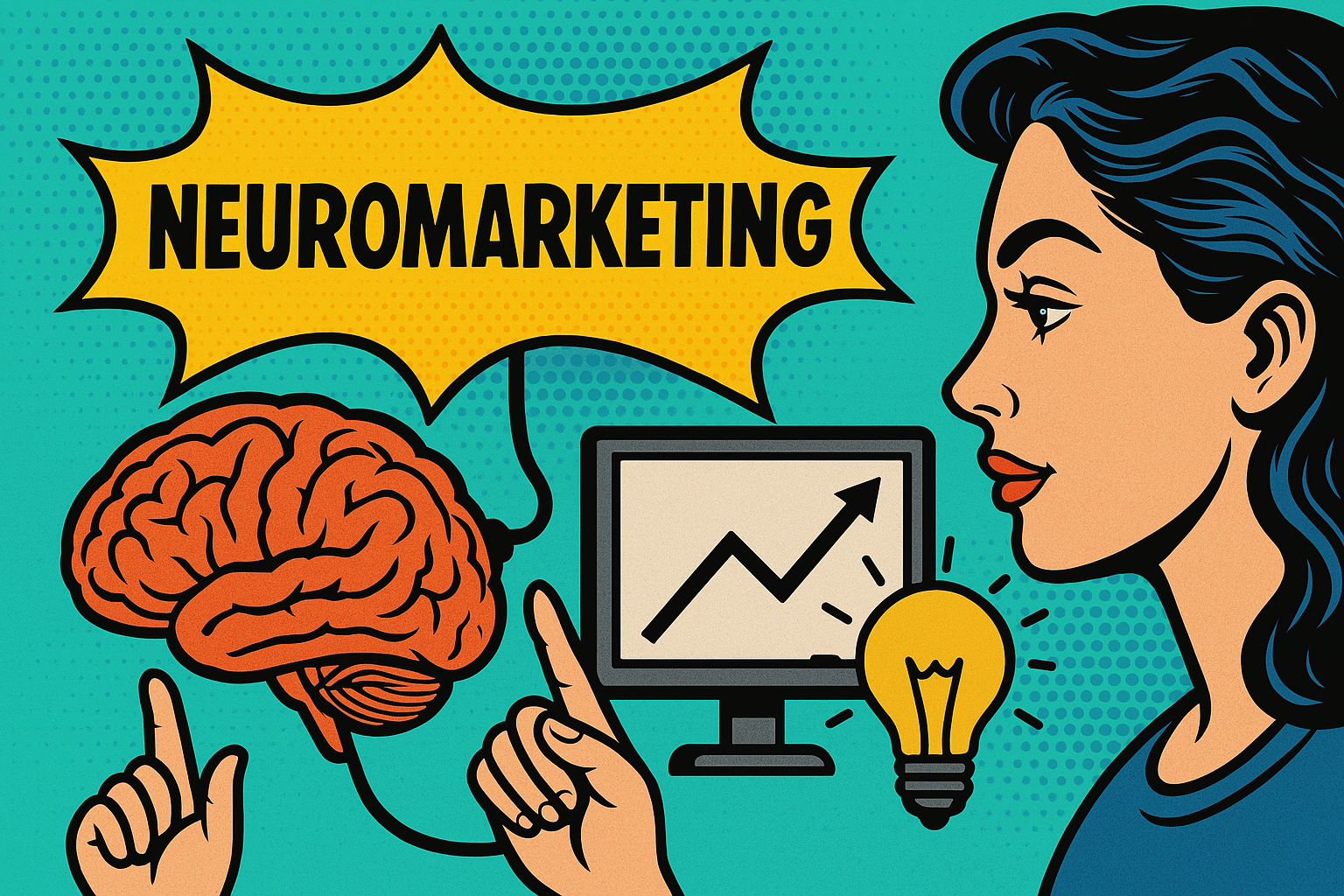

A landing page is a fundamental digital marketing tool that guides users to carry out a specific action, which we call conversion, which responds to a precise objective. Unlike traditional web pages, marketers design landing pages to eliminate all distractions and focus on that single goal, such as getting people to fill out a contact form, sign up for a newsletter, download an ebook, or purchase.
Its structure and content must be clear, compelling, and relevant to the target audience.
A good landing page has a clean design, clear copy that gets straight to the point, a strong value proposition, relevant images, and a prominent call to action. In addition, it often includes elements of social proof, such as testimonials or reviews, to increase trust and credibility and increase the likelihood of conversion.
What makes an effective landing page? We break down its essential elements and provide practical examples of how businesses use these pages to improve conversions.
A landing page is a web page specifically designed to capture the attention of visitors and push them to make a conversion, i.e. to perform a desired action (such as buying a product or filling out a form) that satisfies the goal of the company for which they wanted to create the said landing page.
Therefore, a landing page has a well-defined goal and features a clean, focused design to guide the user towards a desired action.
A good landing page has a clear title, often centred on the benefits a user should convert for, a compelling value proposition, relevant images or video, and necessarily a prominent CTA (Call to Action), contact form, or purchase button. Often, to prove the goodness of the offer, the landing page brings testimonials or reviews from other users or customers that increase the sense of trust. We can use landing pages for various purposes, such as selling products, promoting services, generating leads, or registering for events.
A successful landing page must always consider three main aspects:
We must simultaneously address all three of these objections to get the most out of our landing pages. This means:
Before we look at the individual elements, let’s look at a landing page and its structure.
Above the fold is the part of a web page that is visible to users without the need to scroll. It’s the first thing they see when they land on your page, and it’s crucial to grab their attention immediately. We must use this space strategically to get visitors to stay and engage with your content. Internet users are often impatient and inattentive. According to numerous studies, most people decide whether to remain on a web page within a few seconds. If the above-the-fold content is not compelling, there is a high chance that the user will leave the page without exploring its content further. That’s why this space must contain essential information and a clear message. What do you need above the fold?
The value proposition is the main message that clearly explains the unique value of your offering. It should explain why a user should choose your product or service over the competition. A compelling value proposition is clear, concise, and geared to the user’s needs. How do you develop a compelling value proposition?
Design Thinking is a structured approach that can help you develop a strong value proposition. During the Discovery phase, you can use tools such as user interviews, empathy maps, and prototype testing to gain valuable insights into your audience and their perceived value of your offering.
The CTA is the element that guides the user towards the desired action, whether it is filling out a form, making a purchase or subscribing to a newsletter. A clear and well-placed CTA is crucial to the success of your landing page. What does a clear and compelling CTA look like?
How many CTAs should I put on the landing page? It depends; a good rule of thumb can be:
A landing page is a fundamental digital marketing tool that guides users to carry out a specific action, which we call conversion, which responds to a precise objective. Unlike traditional web pages, marketers design landing pages to eliminate all distractions and focus on that single goal, such as getting people to fill out a contact form, sign up for a newsletter, download an ebook, or purchase.
Its structure and content must be clear, compelling, and relevant to the target audience.
A good landing page has a clean design, clear copy that gets straight to the point, a strong value proposition, relevant images, and a prominent call to action. In addition, it often includes elements of social proof, such as testimonials or reviews, to increase trust and credibility and increase the likelihood of conversion.
What makes an effective landing page? We break down its essential elements and provide practical examples of how businesses use these pages to improve conversions.
A landing page is a web page specifically designed to capture the attention of visitors and push them to make a conversion, i.e. to perform a desired action (such as buying a product or filling out a form) that satisfies the goal of the company for which they wanted to create the said landing page.
Therefore, a landing page has a well-defined goal and features a clean, focused design to guide the user towards a desired action.
A good landing page has a clear title, often centred on the benefits a user should convert for, a compelling value proposition, relevant images or video, and necessarily a prominent CTA (Call to Action), contact form, or purchase button. Often, to prove the goodness of the offer, the landing page brings testimonials or reviews from other users or customers that increase the sense of trust. We can use landing pages for various purposes, such as selling products, promoting services, generating leads, or registering for events.
A successful landing page must always consider three main aspects:
We must simultaneously address all three of these objections to get the most out of our landing pages. This means:
Before we look at the individual elements, let’s look at a landing page and its structure.
Above the fold is the part of a web page that is visible to users without the need to scroll. It’s the first thing they see when they land on your page, and it’s crucial to grab their attention immediately. We must use this space strategically to get visitors to stay and engage with your content. Internet users are often impatient and inattentive. According to numerous studies, most people decide whether to remain on a web page within a few seconds. If the above-the-fold content is not compelling, there is a high chance that the user will leave the page without exploring its content further. That’s why this space must contain essential information and a clear message. What do you need above the fold?
The value proposition is the main message that clearly explains the unique value of your offering. It should explain why a user should choose your product or service over the competition. A compelling value proposition is clear, concise, and geared to the user’s needs. How do you develop a compelling value proposition?
Design Thinking is a structured approach that can help you develop a strong value proposition. During the Discovery phase, you can use tools such as user interviews, empathy maps, and prototype testing to gain valuable insights into your audience and their perceived value of your offering.
The CTA is the element that guides the user towards the desired action, whether it is filling out a form, making a purchase or subscribing to a newsletter. A clear and well-placed CTA is crucial to the success of your landing page. What does a clear and compelling CTA look like?
How many CTAs should I put on the landing page? It depends; a good rule of thumb can be:



